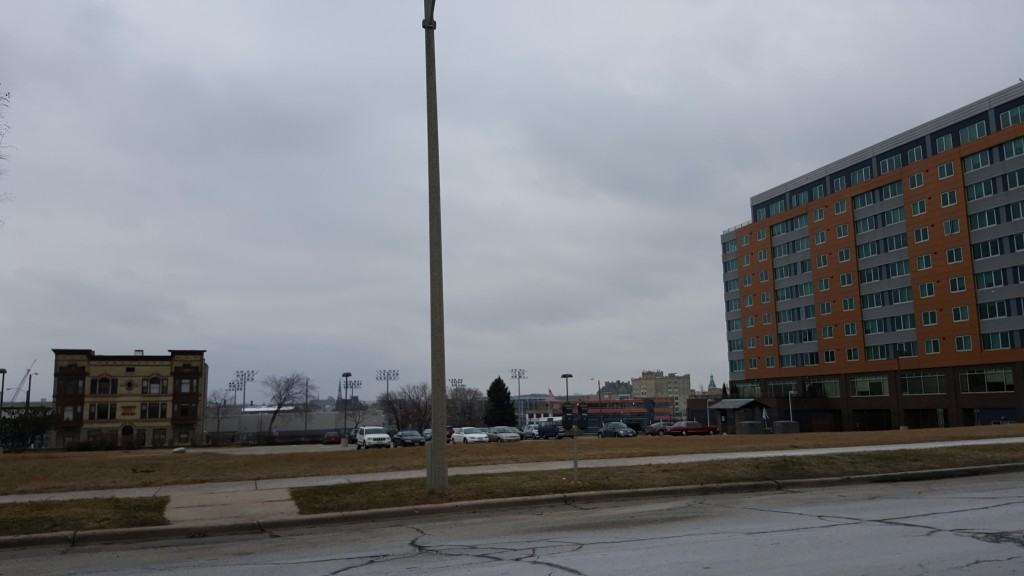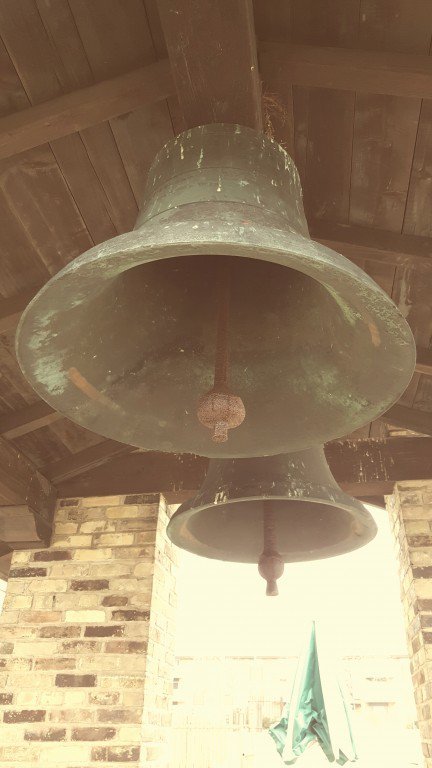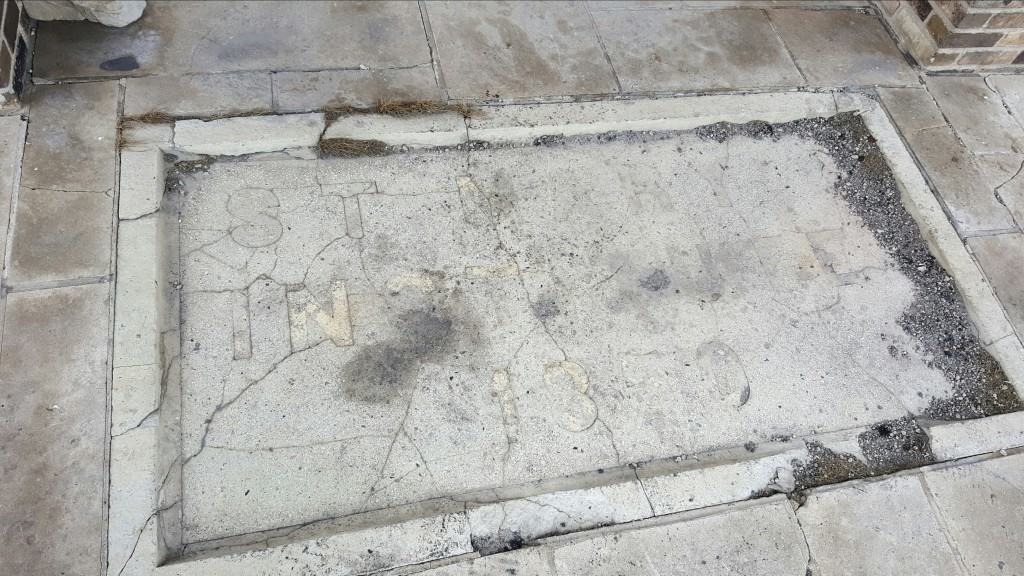Head down to Ogden Avenue and Milwaukee Street, just a few blocks east of the Milwaukee River, and you’re on the site of a lost city. It’s not hard to find. There’s a Noodles and Company on one side and a US Citizenship and Immigration Services on the other. On Milwaukee’s Michail Takach wrote a fascinating piece on a little-known Gothic fortress that towered over the city here for more than one-hundred years. Milwaukee, and perhaps even the nation, have never seen anything quite like it, and probably never will. It was like Milwaukee’s very own El Escorial Monastery. So what was this monument and what was it doing in Milwaukee?
Well, it was a convent and motherhouse (and so much more) for the School Sisters of Notre Dame. Until Takach’s outstanding report, the only way to experience this treasure was through faded photographs and scattered historic records dating back more than half a century. At least we have those. But thankfully, Takach gives us more for 2017. His well-researched article lets us step inside this remarkable world, this holy “city.”
The convent was often called a “city unto itself,” as the sisters upheld a tradition of strict self-sufficiency. They faithfully served as their own chefs, gardeners, bakers, cobblers, seamstresses, barbers, printers, musicians and any other necessary role. All religious objects – from rosaries to Communion wafers to habits to floral processions to leaflets – were produced onsite by the nuns themselves. Food supplies were maintained on the levels of Downtown’s grand hotels. At any time, the convent housed not only students and boarders, but also over 150 nuns (active, retired and infirm).
Citing a firsthand account dating from a 1939 Milwaukee Journal report on the convent, Takach gives more remarkable scenes for the imagination.
“From the garden, the appearance of the headquarters takes on the mood of a castle, with Norman turrets, bell towers, the face of an ancient clock and stained glass windows looking down on the sheltered grounds,” wrote the reporter. “Here for countless summers, the sisters have walked in the shadow of greenhouses and a hooded wayside crucifix; prayed in a stone grotto dedicated to Our Lady of Lourdes; and maintained their faith and service to the city.
“Their chapel contains more than 5,000 authenticated relics of saints, and its infirmary is marked with a mammoth stone crucifix that has stood almost 100 years. Milwaukee’s oldest and most beloved Christmas picture, a painting of the Nativity dating back to 1852, still hangs here.”
Where is that nativity picture today? Maybe it found its way to a local family’s home. And where are those 5,000 relics? Why wasn’t more done locally to preserve this stunning architectural achievement for future generations?
There are other intriguing anecdotes in the article, even a report of a Marian apparition and miraculous healing on the grounds of the motherhouse. The sad details of the building’s demise are also documented. Its magnificent old-world craftsmanship, from hardwood flooring to marble, stained-glass to crystal, was picked apart piece by piece, sold off and scattered across the city.
Next time you’re downtown, take a detour and pay your respects to this lost city, and to the sisters who lived, prayed and died here.
___
Here are some contemporary photos of the location today.










